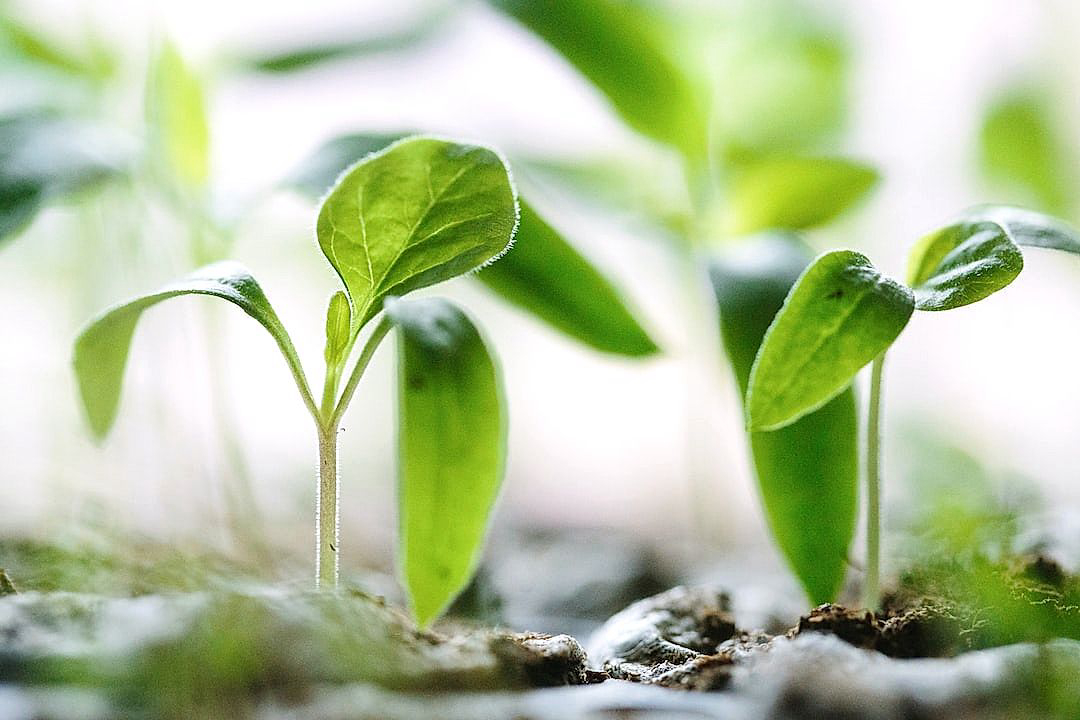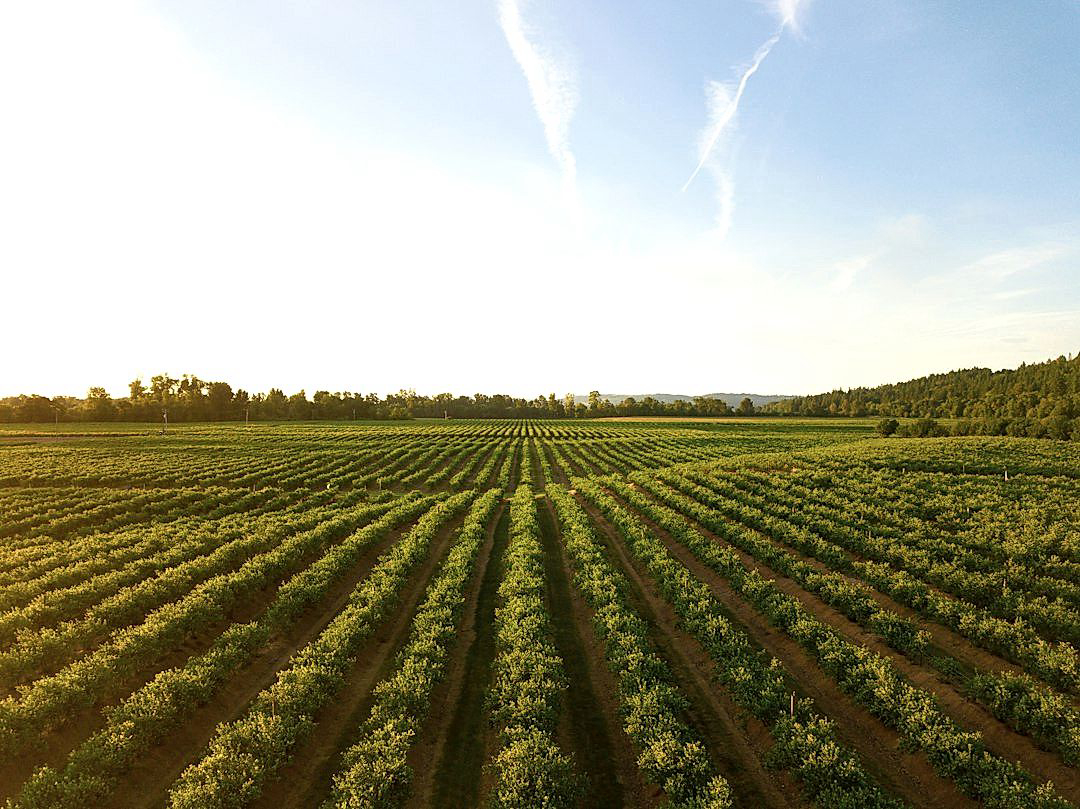Understanding the appropriate use of agricultural chemicals is crucial for securing the productivity and profitability of farming operations.
However, mishandling these substances can lead to harmful consequences for growers, consumers, and the environment.
This requires farmers to prioritize mindful, legitimized practices when handling chemicals for crop cultivation.
Also, it mandates them to stay abreast of the latest regulations and advancements in the field.
The following discussion seeks to shed light on safe chemical handling procedures in agricultural practices.
By embracing these guidelines, stakeholders in the agricultural sector can promote healthier produce cultivation, fostering sustainable farming.
Chemical Handling Practices For Safe Produce Cultivation
1. Always wear protective clothing.
While tending to farms and gardens, especially those where chemicals are used, it is highly crucial to prioritize your safety.
Practicing an efficient safety protocol could be the key difference between successful agricultural endeavours and a disastrous health event.
Most importantly, this need to prioritize safety begins with always wearing protective clothing during any chemical handling process.
Despite the type, quantity or toxicity level of the chemical, always wearing adequate protective clothing is non-negotiable.
Protective clothing forms a key barrier between your body and the toxic chemicals you handle, protecting you from potential health harms.
The use of gloves, overalls, boots, face shields or goggles, and respiratory protection safeguards your eyes, skin, and respiratory system from both direct and indirect contact with harmful chemicals.
Resist the temptation to carry out ‘quick’ or ‘non-complex’ tasks without protective clothing.
Nearly all chemical injuries in agriculture happen because people underestimate the risks or get complacent. Just a small spill can cause severe skin burns, or gas can harm your lungs.
Use the right protective clothing that is specific to the type of chemical hazards you are exposed to.
For instance, the chemical-resistant apparel is essential when handling pesticides, while heat-resistant and flame-resistant clothes are crucial for anyone handling flammable chemicals.
When you are done with the use of the chemicals, it is advisable to wash the protective clothing separately, ensuring no traces of chemicals remain that might later contact human skin.
Despite the added initial cost, investing in good quality protective clothing and maintaining it properly will pay off in the long-run by saving you enormous potential healthcare costs.
Remember, nothing beats the feeling of coming home at the end of the day, knowing that you have done everything possible to minimize potential health risks.
Therefore, always wearing protective clothing in any chemical handling process is not just a matter of compliance, but it’s a matter of responsibility towards your self, your peers, and your family.
No produce, no matter how lucrative, is worth risking your health and safety over. Safe cultivation practices ensure the health of both the produce and the cultivator are prioritized.
In the end, good protective clothing should not just protect you from chemicals but should also offer you comfort so that it becomes a natural part of your work and not an ongoing struggle you have to face.
2. Store chemicals in marked containers.
Chemicals used in produce cultivation can pose significant risks if not properly stored. Storing chemicals in marked containers is an essential practice to ensure safety in the cultivation process.
Proper chemical storage begins with selecting containers specifically designed for the particular substance.
Chemically-resistant containers will help prevent unwanted reactions that may occur over time due to the container’s degradation.
When selecting a container, it’s also crucial to consider the quantity of the substance that will be stored.
The size of the container should be suitable for the volume of the chemical, avoiding overfilling which can cause leaks or spills.
Labeling of containers is another essential aspect of safe storage. All containers should be marked with the appropriate hazard symbols and the name of the chemical.
The use of universal symbols will allow anyone who handles the containers, regardless of their language or literacy level, to understand the inherent risks of the stored chemicals.
Furthermore, it is important to include information about necessary protective measures on the container, such as the need for gloves or respirators.
Properly sealed containers is another crucial aspect of safe storage. Correct sealing prevents leaks and potential exposure to hazardous chemicals.
Intact seals also ensure the chemical’s effectiveness is preserved, mitigating the potential for waste due to spoilage.
Chemicals should also be stored away from direct sunlight and heat sources, as this can lead to chemical reactions that could result in fires or explosions.
The elevation of the storage area is another crucial factor. Chemical containers should, wherever possible, be stored above ground level to avoid damage that could arise from flooding.
Despite its many essential benefits, correct chemical storage is often overlooked and misunderstood, yet it reduces risks related to accidental exposure and environmental contamination.
By following these guidelines, farmers and cultivation experts can ensure safety while maximizing the efficiency and preserving the integrity of their chemicals.
Therefore, the practice of storing chemicals in marked containers should form a pillar of any responsible and safe farming practice.
3. Limit Use of Harmful Pesticides
When it comes to safe produce cultivation, one of the most critical strategies is to limit the use of harmful pesticides.
During the growing process, plants often encounter a wide array of pests that have the potential to detrimentally affect their health.
The use of pesticides is a standard and often necessary practice in order to maintain the health and productivity of the crops.
However, many commonly-used pesticides have been found to contain harmful chemicals that can have damaging effects not only on the crops but also on the soil, the surrounding environment, and eventually, the consumers.
Producers should therefore consider utilizing alternative, safe methods of pest control, such as biological control, cultivation methods and resistant varieties, wherever possible.
This not only helps to ensure the safety and quality of the produce but also contributes towards sustainable agricultural practices.
The use of harmful pesticides can lead to a build-up of chemical residues in the soil, which can in turn seep into the water supply, leading to environmental contamination.
In addition, these residues can also remain on the produce even after it has been harvested and washed, posing potential health risks to the consumer.
One of the key practices should be to always follow the manufacturer’s instructions for pesticide use.
This includes adhering to the recommended concentrations, application methods and intervals between applications, as well as the recommended pre-harvest interval to ensure that the bulk of the residues have degraded before harvest.
Moreover, periodic pest monitoring can help to determine whether the use of pesticides is necessary and to what extent.
Training farmers on the detection of pests and diseases, and on the appropriate treatment methods, can dramatically reduce the need for reactive pesticide use.
Chemical handling specifically includes safe storage, ensuring that pesticides are kept in well-ventilated, dry spaces, away from food items and water supply and out of reach of children and animals.
Containers should be clearly labeled with information about the contents and potential hazards, and always properly sealed to prevent spillage.
Maintaining accurate records of pesticide use, including the type, concentration, date of application and treated area, can help to ensure effective tracking and to verify that use is within safe limits.
Overall, the goal is to achieve a balance between maintaining healthy, productive crops and minimizing potential harm to the environment and human health through responsible pesticide use.
4. Follow manufacturer’s instructions for use
When it comes to chemical handling practices for safe produce cultivation, one of the key steps involves meticulously following the manufacturer’s instructions for use.
Chemical manufacturers invest a lot of time and knowledge into research and testing in order to create accurate usage guidelines for their products.
These guidelines are designed to maximize both the efficiency of the product and the safety of those using it.
Understanding and adhering to these directions is therefore imperative to ensuring the safe and effective application of these chemicals.
Similarly, ignoring or deviating from these instructions can lead to ineffectiveness of the product, or worse, could result in unnecessary risks and potential harm to the user or the environment.
Manufacturer’s instructions provide essential knowledge about the correct dosage, application methods, storage conditions, and disposal practices.
Such information is aimed at enhancing the product’s longevity and potency, while also ensuring its safe usage and disposal.
This not only guarantees the safety and health of the consumers but also ensures that workers in the agricultural sector are not exposed to harmful substances unnecessarily.
Failure to follow these guidelines can have serious implications, including potential product misuse, negative health effects, chemical resistance, or environmental degradation.
In case of any uncertainty regarding the instructions provided, it is advisable to seek clarification from the chemical manufacturer or supplier.
In some scenarios, there are also various information sources available such as Material Safety Data Sheets (MSDS), or other online platforms and resources that provide additional insights into proper chemical handling processes.
Besides, governmental agricultural extension services, if available in your state or country, can provide valuable guidance and training on safe and effective chemical usage.
When precautions are taken, and instructions are well adhered to, the ability to grow healthy and safe produce using these chemicals is greatly enhanced.
Furthermore, it contributes greatly to the sustainability of farming practices by reducing the risk of environmental pollution.
Therefore, always striving to gain a firm understanding of the chemical handling instructions provided by the manufacturer is inarguably a critical element in the safe cultivation of produce.
5. Dispose Expired Chemicals Safely
The importance of safe chemical disposal cannot be overstated when considering Chemical Handling Practices for Safe Produce Cultivation.
Firstly, expired chemicals can pose significant risks to the environment, individuals handling them, and the consumers of the produce they’ve been used on.
While expiration dates on chemical products may not always indicate that the substance has become hazardous, it does imply a decrease in its efficacy and potential unpredictability of its effects.
One common misconception is that aged chemicals simply lose their potency, but in many instances, the chemical composition can change over time, leading to harmful byproducts or even an increase in toxicity.
Therefore, it’s advisable to not reuse expired chemicals, even if they seem in good condition or are in unopened packages. Your safety and the integrity of the agricultural product are at stake.
Remember, the residue of the expired chemicals on your produce can contaminate it, making it unfit for consumption and possibly endangering public health.
Unsafe disposal of expired chemicals can also lead to environmental pollution. If poured down the drain or thrown away in regular trash, they could contaminate water sources and soil.
This is why it’s of paramount importance that agricultural establishments cultivate a culture of safe chemical disposal. Inappropriate disposal methods can have lasting and damaging effects on ecosystems.
This starts by educating and training the staff on how to identify, handle, and safely dispose expired chemicals. Provide them with the information on proper storage conditions, shelf life, and safe disposal practices for each chemical type they handle.
Structuring a protocol for safe disposal and contingency measures should be included as part of the farm’s safety guidelines. These protocols must anticipate potential leaks or spills during the disposal process and suggest rapid response actions.
It’s recommended to get in touch with local waste facilities or recycling centers for information on chemical disposal. Many areas have facilities specifically designed to handle hazardous waste, including expired chemicals.
Engage in responsible farming practices and educate others about the importance of proper chemical disposal. The ultimate goal is to ensure the safety and sustainability of our food production and the environment.
It’s also vitally important to follow all relevant local, national, and international regulations regarding chemical disposal. Non-compliance could result in hefty fines, revoke of licenses, and other penalties, not to mention the potential harm to public health and the environment.
Lastly, avoiding stocking up on excessive chemical supplies can reduce the risk of having a surplus of unused, expired chemicals. It’s better to purchase only what is needed, reducing waste and the need for disposal.
6. Regularly train staff on safe handling.
It is essential to regularly train the employees who handle, use or transport chemicals in the workplace to ensure the safety of all.
Not only is it a good practice, but it is also a requirement set by Occupational Safety and Health Administration (OSHA).
A key component of the safe handling of chemicals lies in employee education and training.
Knowledge is power in this context: A well-trained employee is a safer employee when handling potentially dangerous substances.
Statistics have shown that workplace accidents involving hazardous substances are significantly reduced when the staff is thoroughly trained.
Regularly scheduled, ongoing training minimizes the risks not only at the individual level but also in terms of the potential impact on the business operation.
A good training program should include safe handling procedures, exposure response, correct use of personal protective equipment, and chemical disposal methods.
Training should not be a one-time event, as the working conditions, regulations, and chemicals used can change over time.
As such, training should be an ongoing process including regularly scheduled refreshers to ensure that the information stays fresh in employees’ minds.
Furthermore, it’s important to ensure that the training content is easily understood by all employees, taking into account factors such as language, literacy, and cultural diversity.
Documentation of training sessions is a key responsibility that allows for further improvements and tracking of employees’ progress.
Investing in employees’ training is not only good for their health and safety but also beneficial to the business as a whole.
By preventing accidents and ensuring that each employee is well-versed in the safe handling of chemicals, productivity increases and there are fewer disruptions to the workflow.
Overall, regular staff training on safe handling is crucial in minimizing accidents, maintaining productivity, and nurturing a safe and healthy work environment.
It’s important to remember that training is not just about meeting legal requirements, but rather about protecting the wellbeing of your workforce and ensuring that the business operates smoothly.
7. Avoid mixing different types of chemicals
Mixing different types of chemicals can present a significant hazard in any setting, particularly in the area of produce cultivation.
Often, the reactions that can occur when certain chemicals are blended together are unpredictable and potentially disastrous.
Even products that seem benign on their own can become dangerous when combined with other substances.
For instance, a single pesticide might be relatively safe to handle, but it can become highly toxic or reactive when mixed with another pesticide, fertilizer, or cleaning agent.
Therefore, adhering to the principle of not mixing different types of chemicals can be a significant component in maintaining a safe environment in produce cultivation.
By meticulously separating, storing, and using chemicals, we can prevent accidental mixtures and the resultant potential hazards.
An important part of this process involves cleaning application equipment thoroughly between uses.
Without proper cleaning, traces of one chemical could mix with another during future applications, inadvertently creating a hazardous situation.
Continual vigilance is required to ensure chemicals are stored in their correct, well-marked containers, which limits the likelihood of inadvertent mixing.
Similarly, ensuring chemicals are used only for their specific intended purposes can prevent the unsafe combination of different substances.
Produce cultivation is an industry where many variables must be managed, from the weather to the quality of the soil.
However, ensuring proper chemical handling practices, such as the avoidance of mixing different substances, can significantly decrease the complexities of this process and support a safer work environment.
The practice of not mixing chemicals extends beyond the field and into storage and disposal.
For instance, chemicals should not be decanted into containers that have housed different substances, unless those containers have been thoroughly cleaned and dried.
By following these guidelines, cultivators can minimize the risk of harmful chemical reactions, contributing to a safer, more efficient cultivation practice.
The Bottom Line
Ensuring safety when handling chemicals in any environment is paramount.
To mitigate risks and prevent potential hazards, the adoption of protective clothing cannot be overemphasized.
Marking chemical containers will improve organization and minimizes the chance of accidental misuse.
The adoption of eco-friendly alternatives over harmful pesticides and responsible disposal of expired chemicals contribute positively to both human health and the environment.
Enhancing staff knowledge on safe handling practices will also foster a safer workplace.
Lastly, being cautious not to mix different types of chemicals will prevent unforeseen chemical reactions.
Therefore, these practices assert the importance of safeguarding health and the environment against potential chemical hazards.




